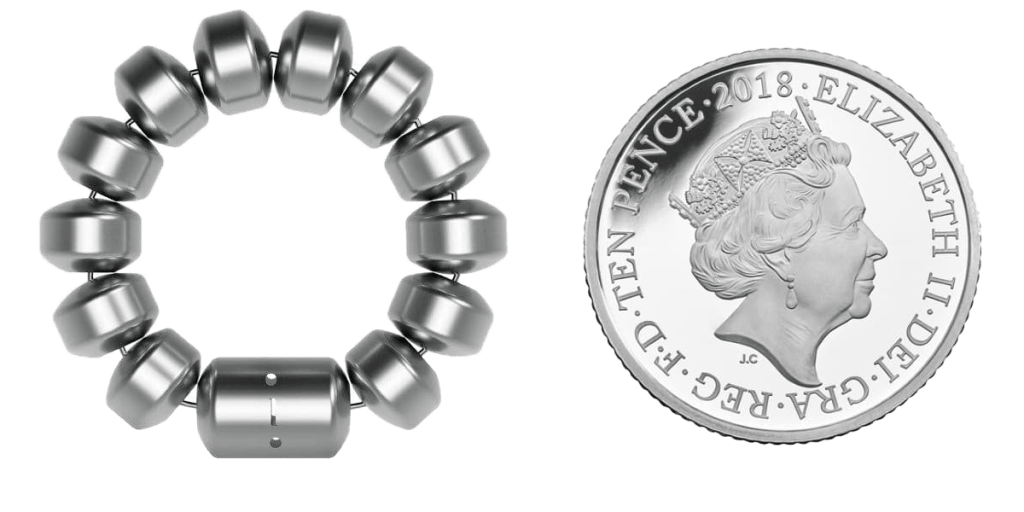Acid reflux and hiatus hernias
Mr Cockbain is an expert in the management of acid reflux. He often receives referrals from other hospitals to help patients with complex problems, those with very large hiatus hernias, and patients who require a second operation after symptoms have recurred (revisional surgery). He performs these operations minimally invasively, either “keyhole” or using robotic-surgery. He offers both the LINX procedure and anti-reflux fundoplication (Nissens)
Not all patients with acid reflux or hiatus hernias need surgery. It is important to take the time to understand what symptoms you are experiencing and how they are impacting on your quality of life before advising you whether surgery is likely to be helpful.
Mr Cockbain works closely with some of the country’s leading gastroenterologists and gastrointestinal physiologists to organise the appropriate tests to make the decision about which treatment is most likely to be successful for you.
What is Acid Reflux?
Acid reflux is a very common problem, and there are lots of words we use to describe this.
“GERD”, “GORD”, “heartburn” or “reflux” all describe acid reflux up from the stomach into the oesophagus (foodpipe). When acid reflux causes damage to the oesophagus it is called oesophagitis. Sometimes this can lead to changes in the lining of the oesophagus called Barretts oesophagus.
What is a hiatus hernia?
A hiatus hernia. This means that a part of the stomach has slipped up into the chest through a weakness in the diaphragm muscle. The usual anti-reflux barriers have been disrupted. With larger hiatus hernias a patient may notice symptoms of vomiting, regurgitation (a sensation of food or fluid coming back up, even if it isn’t vomited out) , sore throat or a funny taste in the back of the mouth.
What does surgery involve?
Surgery for reflux disease is performed keyhole. The operation takes 60-90 minutes and can be either as a day case or with a one-night stay in hospital.
During surgery, a hiatus hernia is repaired if present. Then, the top part of stomach is “wrapped” around the lower oesophagus to provide an extra anti-reflux barrier and stop stomach contents or acid flowing back up into the oesophagus. This is a fundoplication wrap.
There a several variations of the wrap, depending on whether the stomach is wrapped behind or in front of the oesophagus. You may hear these being called the “Nissen”, “Toupe”, or “anterior” wrap. There is no good evidence that one is any better than the other.


What is the LINX procedure
The LINX system is a ring of titanium magnetic beads. This ring is placed around the lower oesophagus to reproduce the valve effect at the junction between the oesophagus and stomach. It expands to allows passage of food and liquid through the ring into the stomach, then returns to its resting position to prevent stomach contents or acid flowing back up into the oesophagus.

The operation is performed keyhole. It takes approximately 60 minutes, and patients go home the same day. It is typically a less invasive procedure than fundoplication surgery.
A weak lower oesophageal sphincter allows reflux of fluid from the stomach into the oesophagus.
LINX device sits around the lower oesophageal sphincter. In the closed position it prevents reflux of fluid from the stomach into the oesophagus.
The LINX devices stretches open to allow passage of food or liquid into the stomach then returns to the closed position.


